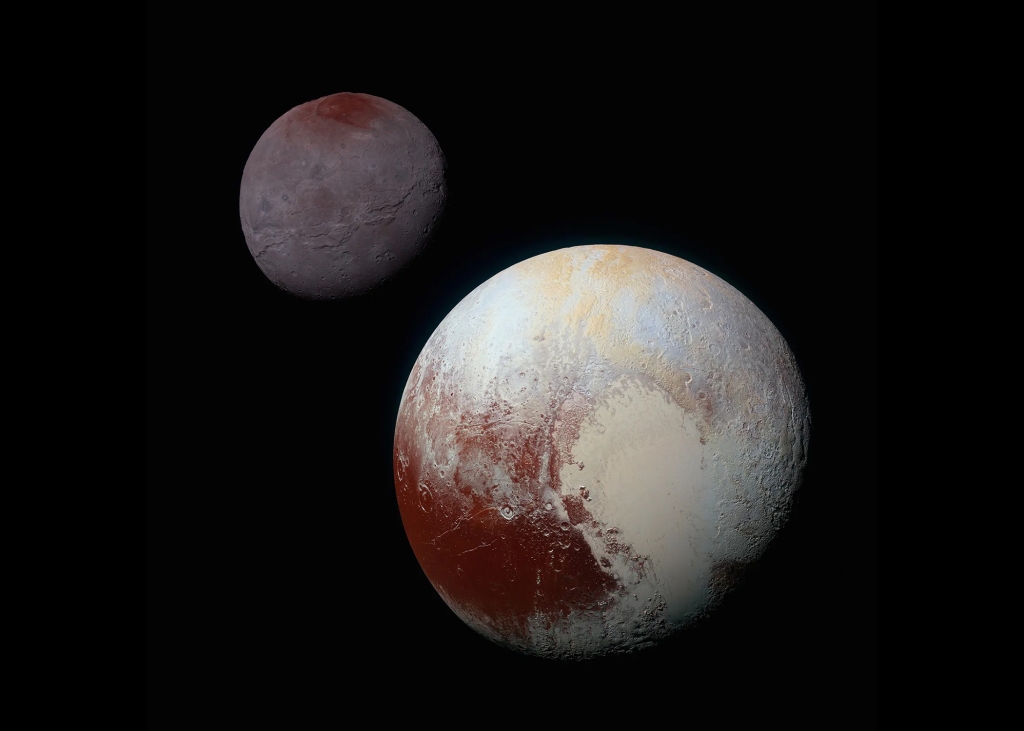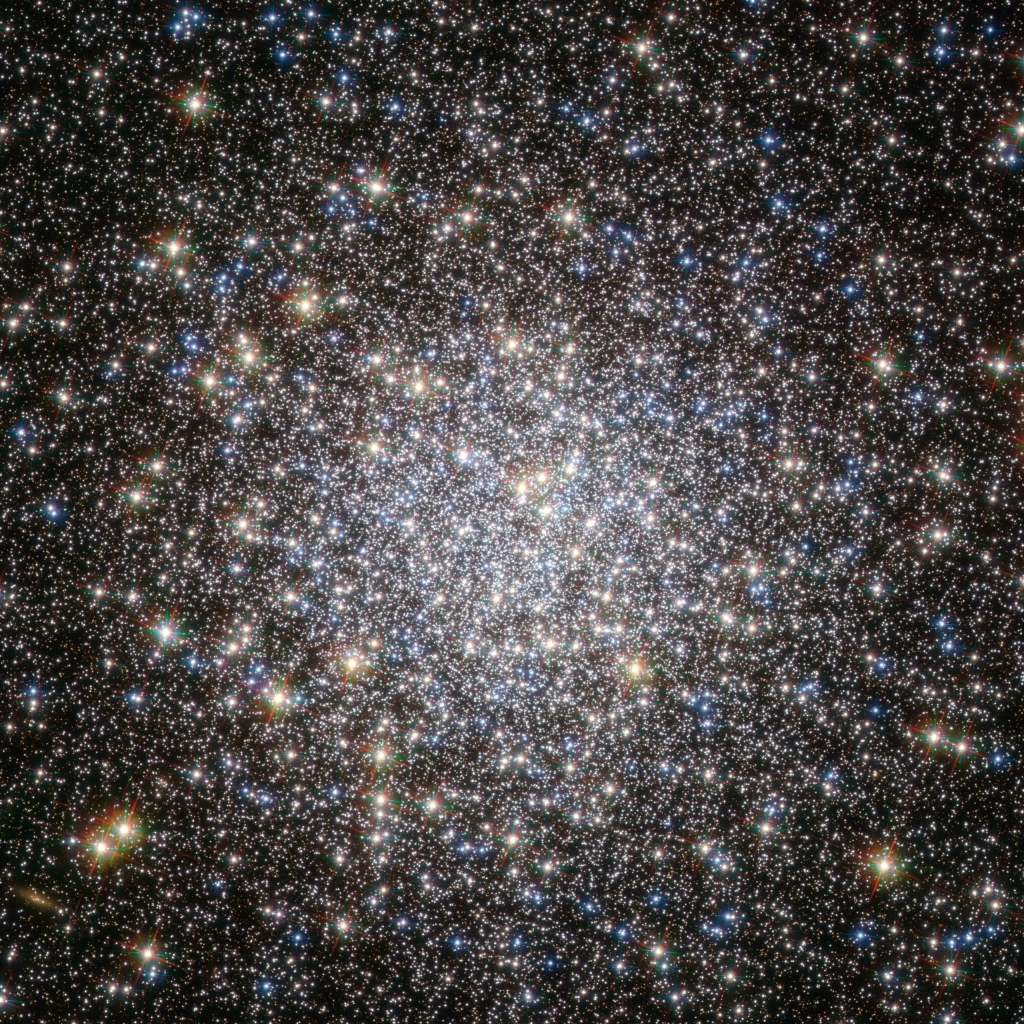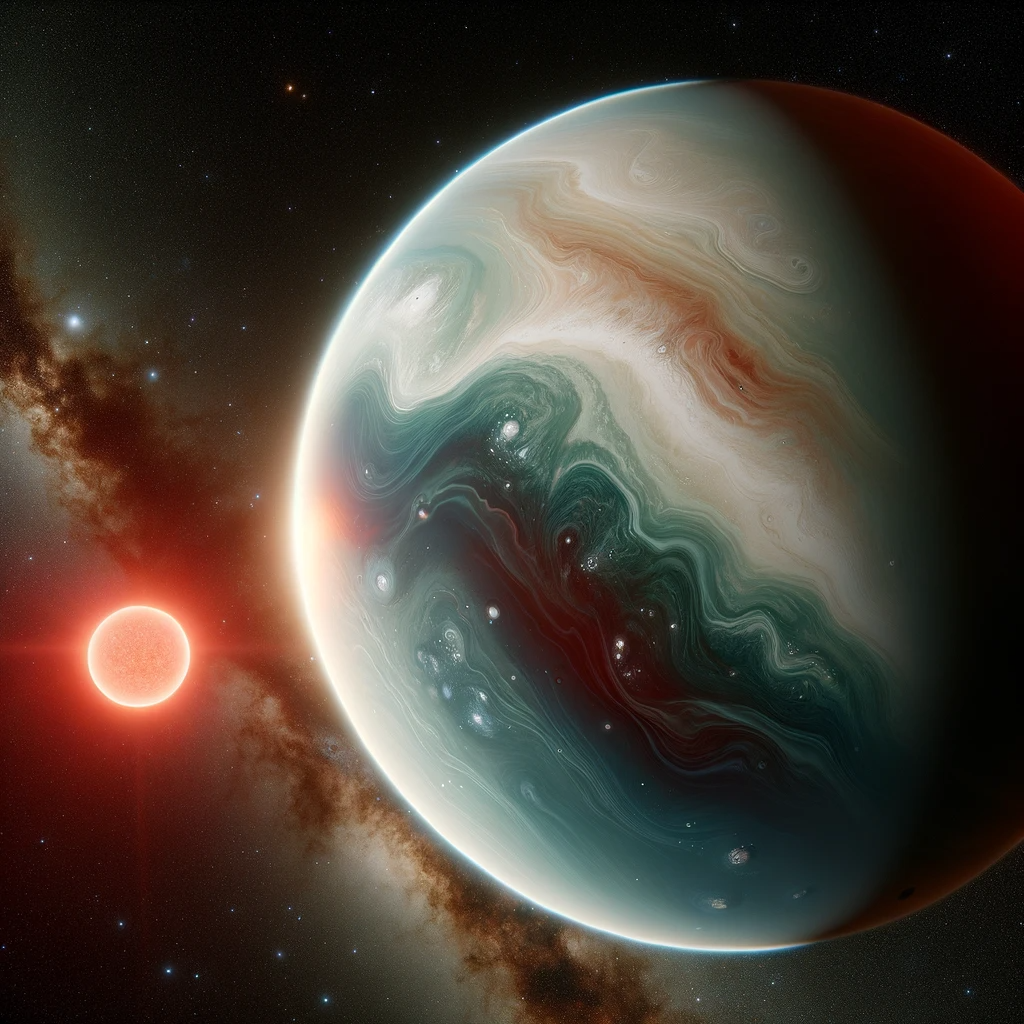- Scientists have discovered a new ultradistant comet, C/2019 E3 (ATLAS), marking it as the fourth comet to show activity at more than 20 astronomical units from the Sun, shedding light on the sublimation of supervolatiles like CO and CO2 as a key process in its observed activity.
- Detailed analysis revealed the comet’s nucleus to be at least 3 kilometers in diameter, with a dust environment likely dominated by millimeter-scale grains, and a slightly bluer color compared to other long-period comets.
- Improved orbit determination suggests C/2019 E3 (ATLAS) is dynamically new, with its perihelion distance expected to decrease due to the Galactic tide, emphasizing the significance of ultradistant comets in understanding the Solar System’s early stages.
Scientists have announced the discovery of a new ultradistant comet, C/2019 E3 (ATLAS), marking it as the fourth comet of its kind to exhibit preperihelion activity at remarkable heliocentric distances of more than 20 astronomical units (AU). This discovery adds to the growing list of ultradistant comets, including C/2010 U3 (Boattini), C/2014 UN271 (Bernardinelli–Bernstein), and C/2017 K2 (PANSTARRS), which have sparked a surge in scientific interest due to their unique behavior and significant distance from the Sun.
Ultradistant comets are considered some of the most primitive objects in the Solar System, offering insights into its early conditions and formation processes due to their unchanged nature since its inception. Their activity is driven by the sublimation of supervolatiles like carbon monoxide and carbon dioxide at large distances from the Sun, providing valuable information on comet composition and the mechanics of comet activity in the Solar System’s colder outer reaches. Additionally, the study of these comets’ long-period orbits helps astronomers understand the dynamics and distribution of objects in the outer Solar System, including interactions with the outer planets and the influences of the Milky Way’s tidal forces.
Utilizing serendipitous archival data, researchers conducted a comprehensive analysis of C/2019 E3 (ATLAS), revealing that its cometary activity is consistent with the sublimation of supervolatiles such as carbon dioxide and carbon monoxide. This process is believed to drive the comet’s mass loss, characterized by a dust production rate of over 100 kilograms per second. The study also highlighted the comet’s nucleus to be at least 3 kilometers in diameter, with its dust environment likely dominated by millimeter-scale dust grains.

The comet’s color measurements indicate a slight deviation towards bluer shades compared to other long-period comets, offering new insights into its composition and physical properties. Further, the team’s astrometric measurements have led to an improved orbit determination, suggesting that C/2019 E3 (ATLAS) is dynamically new, with predictions that its perihelion distance will decrease due to the Galactic tide in its next return.
This discovery underscores the importance of ultradistant comets as the most primitive small bodies in the Solar System, carrying crucial information about its early stages. The limited number of such comets observed so far poses a challenge to understanding their activity at vast distances from the Sun, highlighting the need for further research and discovery in this intriguing area of astronomy.
Source: Hui, ManTo, et al. “Serendipitous Archival Observations of a New Ultradistant Comet C/2019 E3 (ATLAS).” The Astronomical Journal, vol. 167, no. 3, 2024, p. 140, dx.doi.org/10.3847/15383881/ad2500, https://doi.org/10.3847/15383881/ad2500.
Featured Image: Comet C/2017 K2 PANSTARRS (K2). NASA, ESA, and D. Jewitt (UCLA)





